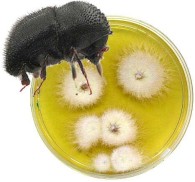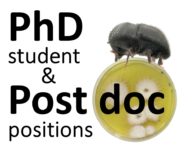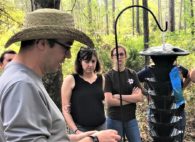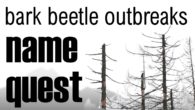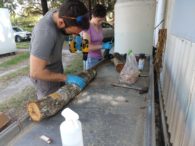The University of Florida Forest Entomology Lab is offering a postdoc position to study various aspects of the bark beetle-fungus symbiosis and its effect on trees.
The topic is open-ended
The applicant will decide, together with our team, the topic they will pursue. It should be related to the relationship between bark/ambrosia beetles and fungi, ideally using molecular biology or quantitative/statistical methods. Previous experience with molecular biology or statistical ecology experience would be a bonus.
Topics that we are seeking to develop include:
- DNA or RNA metabarcoding of fungal communities
- the transcriptome of the mycangium
- genome features in the beetles and/or the fungi related to the symbiosis
- fungus community analysis, network analysis or modeling
- physiology of trees under attack
- pest and disease diagnostic tools
- invasive beetle/fungus assessment
- forest pests in Asia
- policy and regulation of threats to forest health
Other topics are available, and we welcome the candidate’s personal research preferences.
Includes annual stipend of $50,000 and health insurance. The initial contract is for one year with high likelihood of extension to multiple years depending on productivity. The position is based at the University of Florida, Gainesville, FL, but can include cooperation with colleagues at other institutions. International applicants are welcome.
Application deadline: Until filled.
Start date: any time during 2021 or early 2022.
To apply
Send an email to hulcr@ufl.edu and include 1) Cover Letter, 2) your CV, and 3) a list of hobbies and interests. Specify which of the two positions you are interested in.

